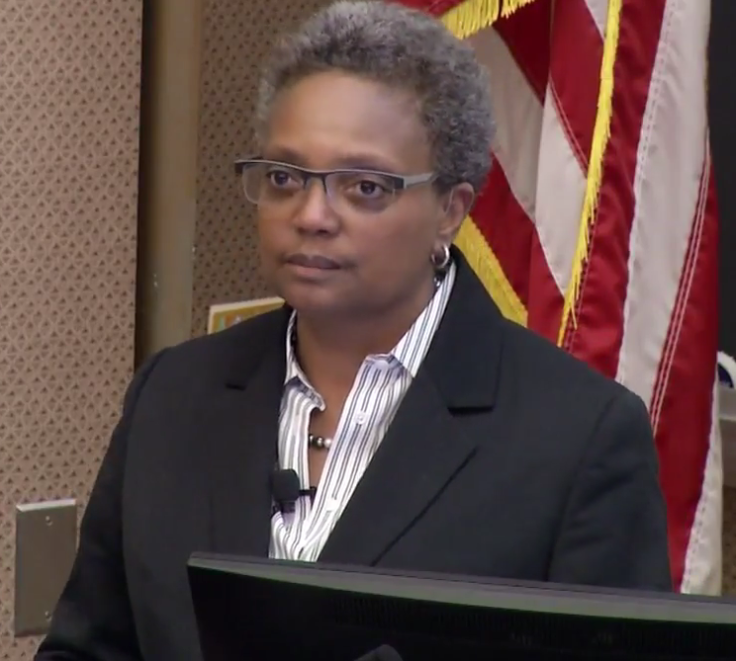Chicago Teachers Union Takes Bold Stand Against School Reopening Plan
KEY POINTS
- Teachers reluctant to go back to the classroom
- Chicago mayor invites officials to drop in to online classes
- School officials fret over the impacts of remote learning
Citing the “critical issue” of the potential spread of COVID-19, a union representing Chicago-area school teachers said they were standing up to defend their right to work remotely during the pandemic despite pressure from the school district.
The Associated Press on Wednesday reported that only about half of Chicago public school teachers showed up for work this week amid controversy over a reopening plan.
The Chicago Teachers Union pointed to evidence suggesting that schools situated in areas with high rates of COVID-19 actually help spread the virus through the community, balking at the return to in-person classwork.
“That’s a critical issue for families and educators, who fear both contracting the virus and inadvertently passing it along to elders or medically vulnerable household members,” a union statement read.
The battle in the nation’s third-largest district comes as school officials fret over the social and educational aspects of learning online in an area with a high number of low-income students.
“We know that the best place for your child to learn is in the classroom, and we have been working tirelessly to prepare our buildings to welcome students and staff back to school,” the district said.
On Tuesday, CEO Janice Jackson said a generation of students may fall behind because of “made up reasons” against reopening.
“A year from now there is going to be a reckoning around what happened to those students that have been sitting at home, not being properly served,” she said.
The school district in its latest count reported 625 students and nine adults have tested positive for COVID-19 this week. That’s down considerably from a peak in November.
Chicago Public Schools rolled out its plans to bring students back to the classroom in tiers. Pre-kindergarten students are expected to return to the classroom on Monday, K-8 would start in-person learning on Feb. 1, though high school students in a general education setting would continue to attend school remotely.
Educators who did head back to work this week to get a jump start on the school year said it looked like their classrooms hadn't been cleaned since March, the union said.
Chicago Mayor Lori Lightfoot said she understood the level of anxiety among teachers, but balked at the suggestion their concerns were being ignored. She later called on elected officials to visit neighborhood school districts and “drop into e-learning classes” to see what was working and what wasn’t, the Chicago Tribune reported Tuesday.
Chicago’s issue resonates on a national level, though it’s a difficult one to address. President-elect Joe Biden in early December pledged to open most of the nation’s schools in his first 100 days in office, though his plans may be complicated by state and local considerations.
Congress ended 2020 by passing a stimulus measure that through a stabilization fund allocated some $54 billion to schools to help pay for personal protective equipment and technology upgrades that would facilitate remote education.
The federal government is limited in what it can do in terms of school closures, however. The World Health Organization suggests a community-level approach to decide whether to open or close schools.

© Copyright IBTimes 2025. All rights reserved.





















